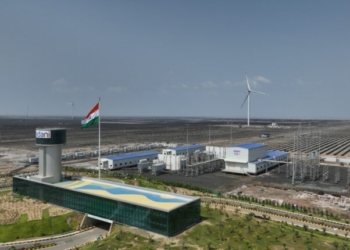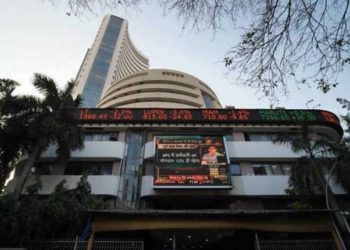New Delhi: The Finance Ministry said on Monday that the priority areas for future reforms include skilling, learning outcomes, health, energy security, reduction in compliance burden for MSMEs, and gender balancing in the labour force.
The ministry in a review of the Indian economy just days before the Interim Budget (Feb 1) said that under a reasonable set of assumptions with respect to the inflation differentials and exchange rate, India can aspire to become a $7 trillion economy in the next six to seven years (by 2030).
This will be a significant milestone in the journey to delivering a quality of life and standard of living that match and exceed the aspirations of the Indian people.
It is eminently possible for the Indian economy to grow in the coming years at a rate above 7 per cent on the strength of the financial sector and other recent and future structural reforms.
Only the elevated risk of geopolitical conflicts is an area of concern. There is, however, considerable scope for the growth rate to rise well above 7 per cent by 2030, the review said.
The speed with which physical infrastructure is being built will allow the ICOR to decline, translating private investments into output quickly. The IBC has strengthened balance sheets and, in the process, has freed up economic capital that was otherwise rendered unproductive.
The rapidly expanding digital infrastructure is continuously improving institutional efficiency. Also, technological progress is picking up pace with rising collaboration with foreign partners in the production of goods and services.
Decisive steps have been taken to speed up human capital formation. Finally, the overall investment climate is increasingly becoming more favourable with sustained enhancement in ease of doing business, it added.
The unification of the domestic markets brought in by the adoption of the GST incentivises production on a larger scale while reducing logistics costs. The expansion of the tax base that the GST facilitates will strengthen the finances of the Union and state governments, enabling growth-enhancing public expenditures.
The rising credibility of the RBI in restraining inflation will anchor inflationary expectations, providing a stable interest rate environment for businesses and the public to make long-term investment and spending decisions, respectively.
(IANS)















